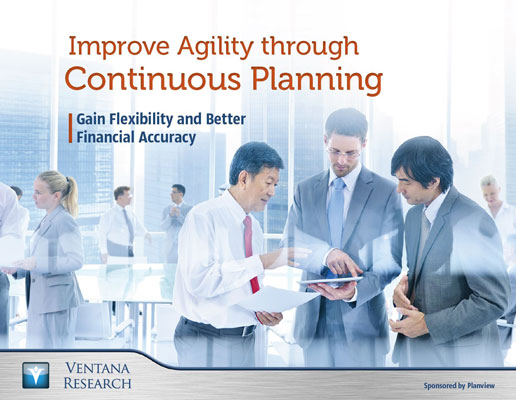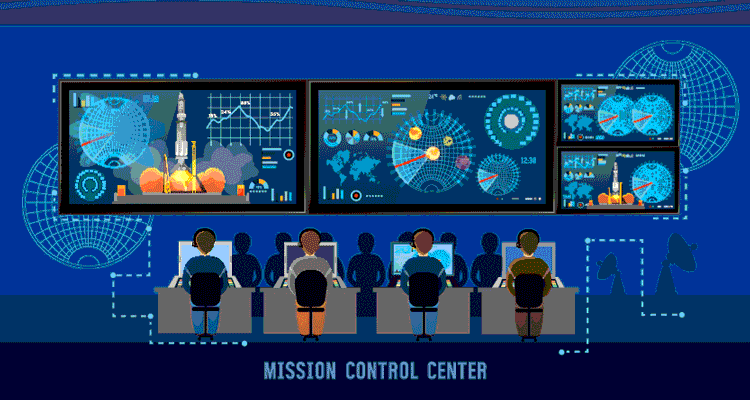
We first established you can achieve greater business agility through updated plans (see Part 1: Why Companies Want to Improve Plan Accuracy). Then, we confirmed that technology is key into implementing continuous planning (Part 2: Thinking Beyond the Annual Plan). What about enterprise planning software?
In Part 3, I want dive into what to look for in a dedicated planning software. Specifically, when it comes to enterprise planning, which is not the same as Finance’s annual budget. An effective portfolio plan is not one built for Finance and its’ annual process because portfolio management is not an annual activity. It’s a continuous process that must support on-going incoming demand into the portfolio with updated plans from execution. If done properly, it can complement and feed annual processes.
Ventana Research findings tells us that organizations are looking for enterprise planning software capabilities specific to helping them manage a portfolio plan, continuously.
Survey says:
Four out of five participants believe the following capabilities are important in their planning software – being able to:
- Assess the financial impact of operational changes
- Review the current detailed plan
- Perform quick analysis of actuals to plan
- Understand the impact of changes to one or more parts of a plan on the full plan
Effective portfolio management is being able to continuously iterate on a plan, updating it with new information, and being able to analyze it to drive decisions when things inevitably don’t go as originally orchestrated. The findings from the new Ventana Research eBook imply organizations need an intuitive user experience to help prioritize what is critical and consequentially what’s not.
Let me explain the process as it relates to these findings:
- If you can rank investments based on business drivers and priorities, you can spark conversations within the business and come up with different scenarios. When you better understand the business, you can focus on value and outcomes, i.e. force prioritization. No more making cuts across the board – but deciding what not to do, with intent.
- You need portfolio-level agility to handle all that is happening. The best way to analyze investments is to make sure the PMO has a strong partnership with the business and offer up alternatives, various solutions to drive to a portfolio plan that can be delivered. From there, you can maintain continuous planning by determining what gets funded, delayed, rejected, or postponed based on targets and capacity.
- Every organization feels over-committed and cutting projects based on capacity issues isn’t fun. You need to balance resources – financial and human – over time to align them with proposed investments. Established priorities lead to more realistic conversations, which, can prevent over-commitment of resources, i.e. drive when and what you should be doing.
- Lastly, you must compare scenarios to consider alternative approaches to fulfilling portfolio objectives.
With a new approach to planning, you can continuously and confidently plan the portfolio to reflect dynamic conditions. The key takeaway is that having the right enterprise planning software can make continuous planning a practical process that will significantly reduce the time needed to gather information and calculate the impact of decisions. Spend less time collecting information and more time presenting various solutions with their trade-offs that lead to decisions.
Does your organization want to benefit from continuous planning and enterprise planning software? Take a look for yourself, download the Ventana Research eBook, Improve Agility Through Continuous Planning. If you’re wondering how Planview Enterprise – portfolio and resource management can help, download this solution brief The Planview Approach to Planning.
I’d like to hear from you? How are you currently getting your organization to rank, analyze and balance your portfolio? Share by leaving a comment below.






